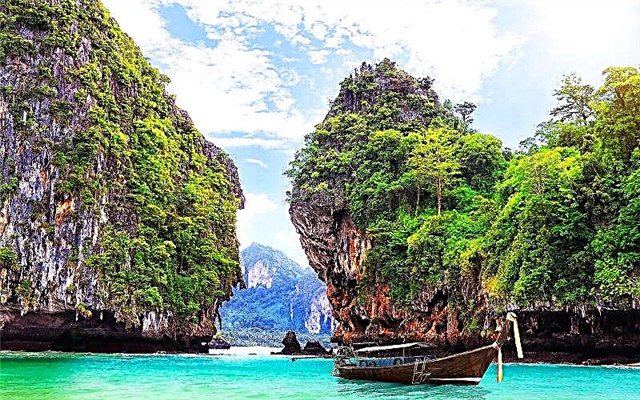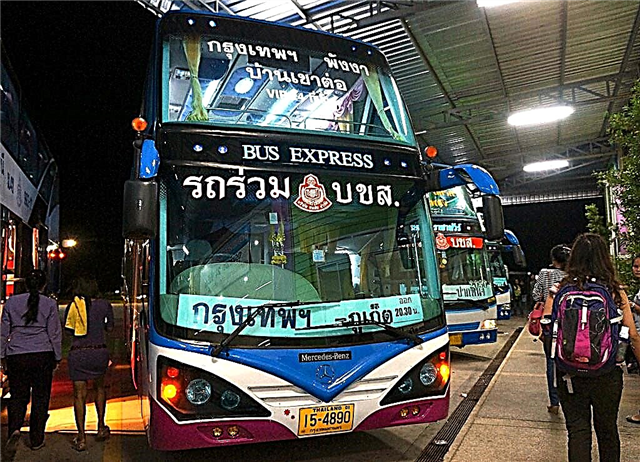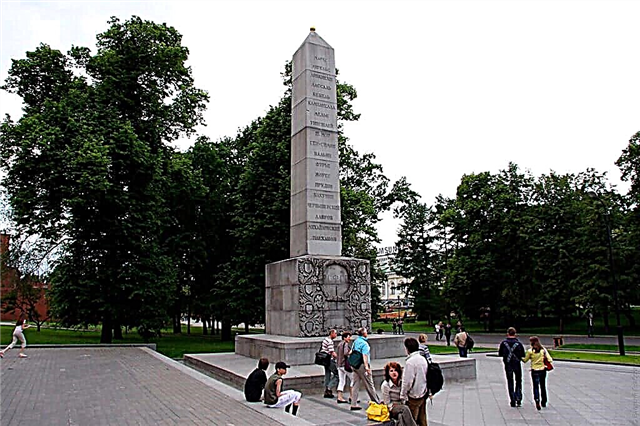Alexander Garden is a park located near the Moscow Kremlin. The green massif, with an area of about 10 hectares, is both a place for walking and a complex reminiscent of a number of events in Russian history. We can say that history and modernity meet here, slowing down the rapid rhythms of the capital.
History
Today we are talking about the Alexander Garden, and before 1856 (before the coronation of Alexander II) these were the Kremlin gardens. They owe their appearance on the city map to Emperor Alexander I "the Blessed", who sought to revive Moscow after the destruction and burning by Napoleon's troops (the date of creation is considered to be 1812). It is noteworthy that even in Soviet times, when the authorities tried to eliminate the memories of the tsars, the garden continued to remain Alexandrovsky. The park was opened on August 30, 1821. Up to this point, a huge amount of work has been done, led by the architect Osip Bove.
The territory was divided into three parts: Upper (350 m long), Middle (382 m long) and Lower (shortest, 132 m long) gardens. They were separated from each other (and are still separated) by the Troitsky and Borovitsky bridges. The relief had to be leveled, since earlier in 1708 Peter I, who fought with Sweden, fortified the Moscow Kremlin with earthen bastions. And the garden is located above the Neglinnaya river (Muscovites call it simply Neglinka), which in 1819, according to the architectural plan, was enclosed in a pipe due to pollution.
The gardens were created and opened in stages. The first to start building the Upper Garden. It was based on three alleys, which were complemented by trees, shrubs and flowers. The best gardeners invited to Moscow were engaged in the arrangement. The main entrance was arranged from Voskresenskaya Square. According to the description in the "Historical Guide to Moscow", published in 1831, it was "covered" with a cast iron "lattice" filled with symbols of military victory (the drawings were developed by the architect E. Pascal).
Then, in 1822, the middle part was opened, and a year later - the lower one. It is interesting that medicinal herbs grew on the site of the middle zone in the 16th - 17th centuries. There was His Majesty's apothecary garden here. At about the same time (until 1707), instead of the lower section, there was a pond in which swans were bred for the royal table. The original implementation of the project, of course, has not survived. For more than two years of history of existence, something has gone for good (for example, the wrought-iron gates designed by the architect F.M.Shestakov have collapsed), something has been added (the famous linden alley, planted in 1947 (today it is no longer there), the grave unknown soldier with an eternal flame lit in honor of the 25th anniversary of the victory in the Second World War).
In 1872, the park became the site of a technical exhibition, which was a huge success. Its exhibits became the beginning of the creation of the Polytechnic Museum. The event was timed to coincide with the 200th anniversary of Peter I.

In 2012, the city authorities planned to recreate the pre-revolutionary appearance of the garden on the basis of archival photographs and documents. It was at that time that some of the old trees and shrubs were replaced with new ones, and it was also planned to create a rose garden, install lamps in the 19th century style and plant a live Christmas tree. The oldest garden in Moscow is mentioned in the literary works of Blok, Ostrovsky, Turgenev, Bulgakov, Akunin, Pimanov.
What to see
There are a lot of attractions in the Upper Garden. These are the "Ruins" grotto, the Tomb of the Unknown Soldier, the Romanovsky obelisk, monuments to Patriarch Germogen and Marshal G. Zhukov, "artificial river Neglinka". In the Sredny Garden, there is an interesting Trinity Bridge, a monument to Alexander I, and the Kutafya Tower. Here you can buy tickets to the museums of the Moscow Kremlin.
You will not be able to see the sights of the Lower Garden - it is closed.
Grotto "Ruins". This is a symbol reminiscent of the victory of the Russian troops in 1812. The decorative grotto cave was laid out using wooden cores left over from the time of Peter I, and fragments of Moscow buildings destroyed by Napoleon. This is the creation of Osip Bove himself. There were times when an orchestra played in this grotto, also called "Italian".

Tomb of the Unknown Soldier. Date of creation - December 1966, the 25th anniversary of the defeat of the Nazi troops near Moscow. This is an idea to honor the memory of all those who fell in the war and whose names remained unknown. The monument has a continuation - an alley with blocks along which the earth, brought from ten hero cities, is poured. An eternal flame burns here and since 1997 Post No. 1 (the main post of the Russian Army) has been located.
Romanovsky obelisk. A project made of gray granite and dedicated to the 300th anniversary of the House of Romanov. Initially, a double-headed eagle was located on its top, below - the coat of arms of the Romanovs, even lower - the names of the Romanovs. After the 1917 revolution, the tsarist attributes and names were replaced by revolutionary ones. In honor of the 400th anniversary of the House of Romanov, the monument was restored to its original appearance.

Monument to Patriarch Hermogenes (Hermogenes). The initiator of the installation is the Russian Orthodox Church. Installed and consecrated by His Holiness Patriarch Kirill in 2013.
Monument to Marshal Zhukov. The work of the sculptor V. Klykov, installed in honor of the celebration of the 50th anniversary of the victory in the Great Patriotic War. It is located at the central entrance to the Alexander Garden.

"The artificial river Neglinka". In reality, this is a water complex of two fountains, united by an artificial channel and decorated with sculptures of the heroes of Russian fairy tales. The project, launched in 1996 by the Moscow architect Zurab Tsereteli, became, as it were, a continuation of the original architectural ideas (from the very beginning it was not planned to completely "hide" Neglinka underground, it was supposed to create ponds on its basis).
Kutafya tower. The structure, erected in 1516 in order to protect the approaches to the Kremlin. On the gates, you can still see fastenings for lifting mechanisms for the bridge over Neglinka. The "jagged crown" was added at the end of the 17th century.
You can also see the Trinity Bridge, which was reconstructed in 1901, and the Monument to Alexander I. The bronze figure was installed in 2014.
How to get there
It is difficult to get lost and not find the park. The fastest and most convenient way to get there is by metro. The garden is located near the stations Aleksandrovsky Sad, Borovitskaya, the library. Lenin. If you go by bus (№ 144, К, М1, 2, 3 or 6, Н1 or 2), then get off at the bus stop "Biblioteka Lenina". Another landmark is the Historical Museum next to the main entrance.











